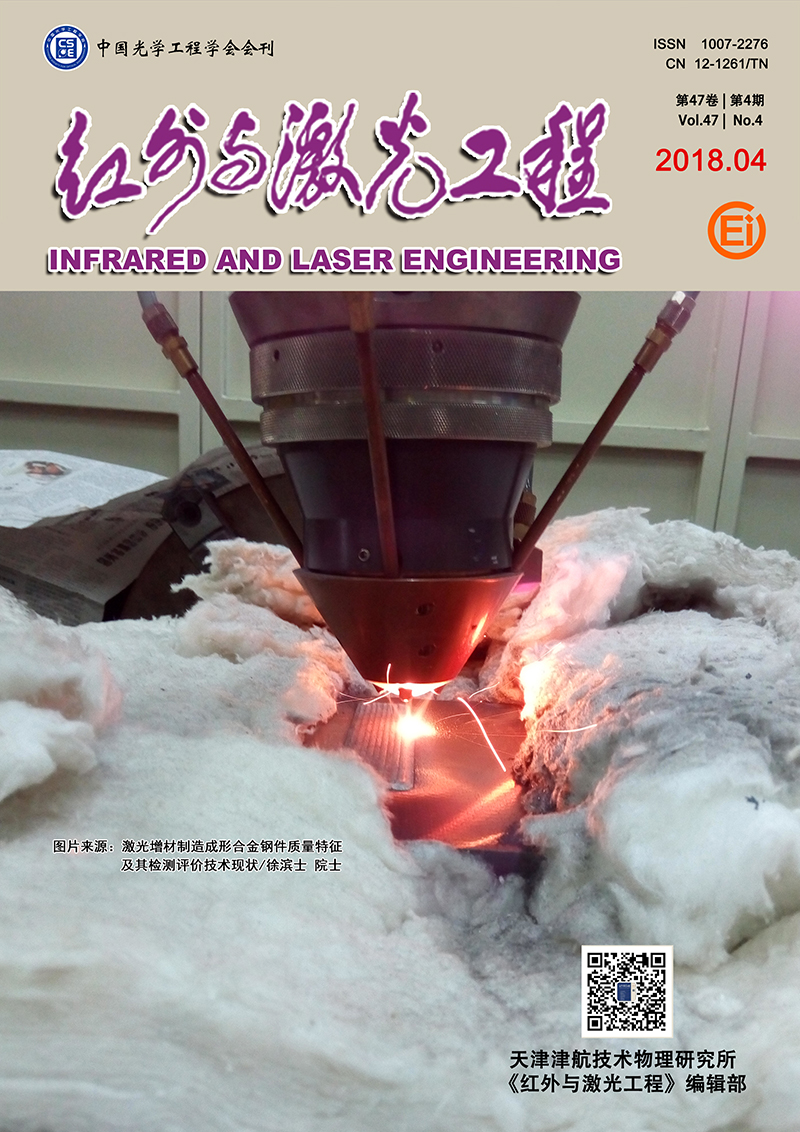Liu Dafu, Xu Qinfei, Wang Yang, Jia Jia, Yuan Honghui. Multi-band infrared detector assemblies and performances for 2nd-generation GEO meteorological satellite[J]. Infrared and Laser Engineering, 2018, 47(4): 404007-0404007(8). doi: 10.3788/IRLA201847.0404007
| Citation:
|
Liu Dafu, Xu Qinfei, Wang Yang, Jia Jia, Yuan Honghui. Multi-band infrared detector assemblies and performances for 2nd-generation GEO meteorological satellite[J]. Infrared and Laser Engineering, 2018, 47(4): 404007-0404007(8). doi: 10.3788/IRLA201847.0404007
|
Multi-band infrared detector assemblies and performances for 2nd-generation GEO meteorological satellite
-
Liu Dafu1,2
,
-
Xu Qinfei1,2,3
,
-
Wang Yang1,2
,
-
Jia Jia1,2
,
-
Yuan Honghui1,2
- 1.
State Key Laboratories of Transducer Technology,Shanghai Institute of Technical Physics,Chinese Academy of Sciences,Shanghai 200083,China;
- 2.
Key Laboratory of Infrared Imaging Materials and Detectors,Shanghai Institute of Technical Physics,Chinese Academy of Sciences,Shanghai 200083,China;
- 3.
University of Chinese Academy of Sciences,Beijing 100049,China
- Received Date: 2017-10-10
- Rev Recd Date:
2017-11-20
- Publish Date:
2018-04-25
-
Abstract
The second-generation geostationary orbit (GEO) quantitative remote sensing meteorological satellite had been developed by China. Channels of the satellite's scanning radiometer are increased from four of 1st generation Fengyun-2 to fourteen, with eight infrared channels covering the infrared band from short band to very long band. The eight infrared bands are implemented by three assemblies, known as shortwave dual channel assembly (MS-IR), water vapor dual channel assembly (WV-IR) and long wave four-channel assembly (LW-IR). The MS-IR contains two 81 PV MCT detector chips, corresponding to two CMOS low-temperature amplifiers, to achieve the photoelectric voltage signal conversion and amplification. The WV-IR contains two 41 MCT detector chips. LW-IR contains two 41 and one 42 MCT detector chip. These assemblies have good electrical and optical properties, such as MS-IR D* is up to 11012 cmHz1/2W-1. WV-IR D* is better than 81010 cmHz1/2W-1. The response spectra of these eight bands are quantitatively controlled, and the response spectrum is limited to the inner and outer limits. The small spot scanning system test results show that there was no obvious optical crosstalk inside the assembly. The registration accuracies between the two bands were better than 0.01 mm. In this paper, these assemblies are described, as well as performance, such as electrical performance, chip registration, optical crosstalk and relative spectral response.
-
References
|
[1]
|
Dong Yaohai. FY-4 meteorological satellite and its application prospect[J]. Aerospace Shanghai, 2016, 33(2):1-8. (in Chinese) |
|
[2]
|
Wang Ganquan, Chen Guilin. Two-dimensional scanning infrared imaging technology on geosynchronous orbit[J]. Infrared and Laser Engineering, 2014, 43(2):429-433. (in Chinese) |
|
[3]
|
Li Xinyao. Stray radiation investigating and suppressing of FY-2[D]. Shanghai:Shanghai Institute of Technical Physics, Chinese Academy of Sciences, 2006. (in Chinese) |
|
[4]
|
Zhang Yan, Liu Dafu, He Xiangrong, et al. Stray light in infrared detector[C]//SPIE, 2009, 7383:73831O. |
|
[5]
|
Wang Yang, Liu Dafu, Xu Qinfei, et al. Analysis on optical crosstalk of infrared photoconductive detector modules with different structures[J]. Infrared and Laser Engineering, 2016, 45(4):0404001. (in Chinese) |
|
[6]
|
Wang Yang, Liu Dafu, Xu Qingfei, et al. MTF of infrared detector modules with different structures[J]. J Infrared Millim Waves, 2016, 35(3):294-299. (in Chinese) |
|
[7]
|
Zhao Dingyuan, Mi Zhengyu. Introduction to Optoelectronic Devices[M]. Shanghai:Shanghai Scientific Technological Literature Publishing House, 1989:398-399. (in Chinese) |
-
-
Proportional views

-









 DownLoad:
DownLoad: